- All posts
- African house snake
- amazon tree boa
- Aspidites ramsayi
- ball python
- bamboo ratsnake
- banded hognose snake
- baron's green racer
- baron's racer
- blood python
- boa
- boa constrictor
- boa imperator
- bredl's python
- brown house snake
- bullsnake
- burmese python
- care sheets
- carpet python
- children's python
- common sand boa
- corn snake
- diamond python
- dumeril's boa
- emerald tree boa
- Euprepiophis mandarinus
- garter snake
- gonyosoma boulengeri
- gopher snake
- green tree python
- hognose snake
- kenyan sand boa
- king snake
- kingsnake
- malayopython reticulatus
- mandarin rat snake
- milk snake
- milksnake
- morelia viridis
- new guinea ground boa
- philodryas baroni
- plains hognose
- rainbow boa
- reticulated python
- rhino rat snake
- rhinoceros snake
- rosy boa
- rough green snake
- rough-scaled sand boa
- royal python
- sand boa
- short-tailed python
- texas rat snake
- tricolor hognose snake
- vine snake
- viper boa
- western hognose
- white-lipped python
- woma python
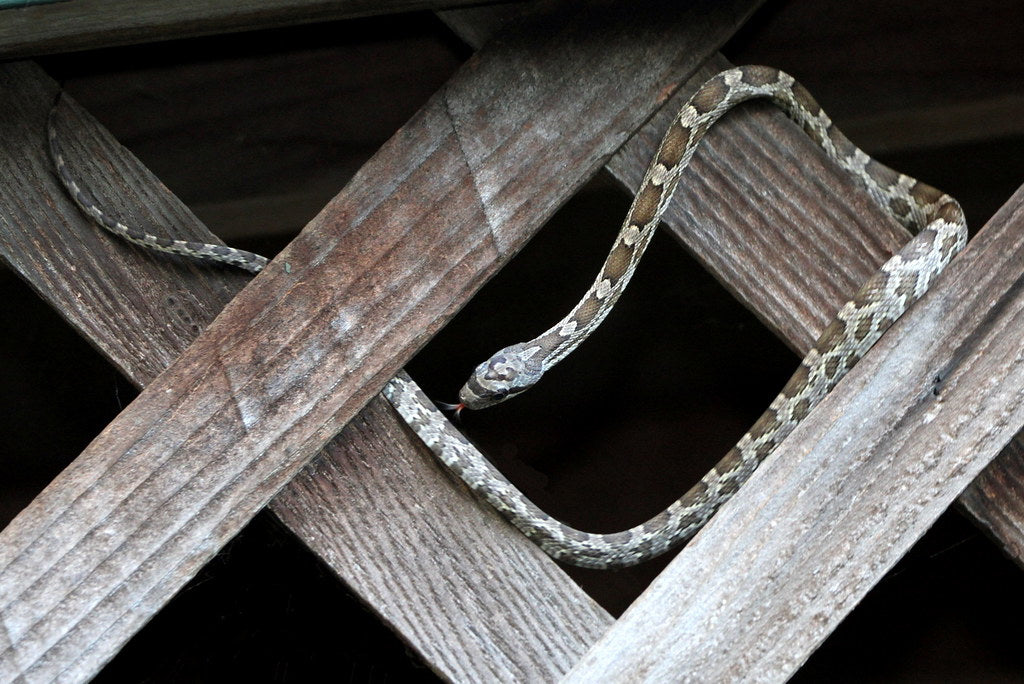
How to Care for Your Texas Rat Snake
Texas rat snakes (Elaphe obsoleta lindheimeri) are medium-sized, semi-arboreal snakes found primarily in Texas, Louisiana, and Oklahoma. They tend to prefer forested areas, but they can be found in...
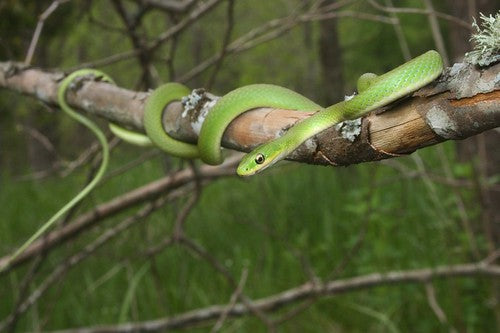
How to Care for Your Rough Green Snake
Rough green snakes (Opheodrys aestivus) are small, arboreal, diurnal snakes native to the southeastern United States and northwestern Mexico. They tend to prefer wet habitats like swamps and woodla...
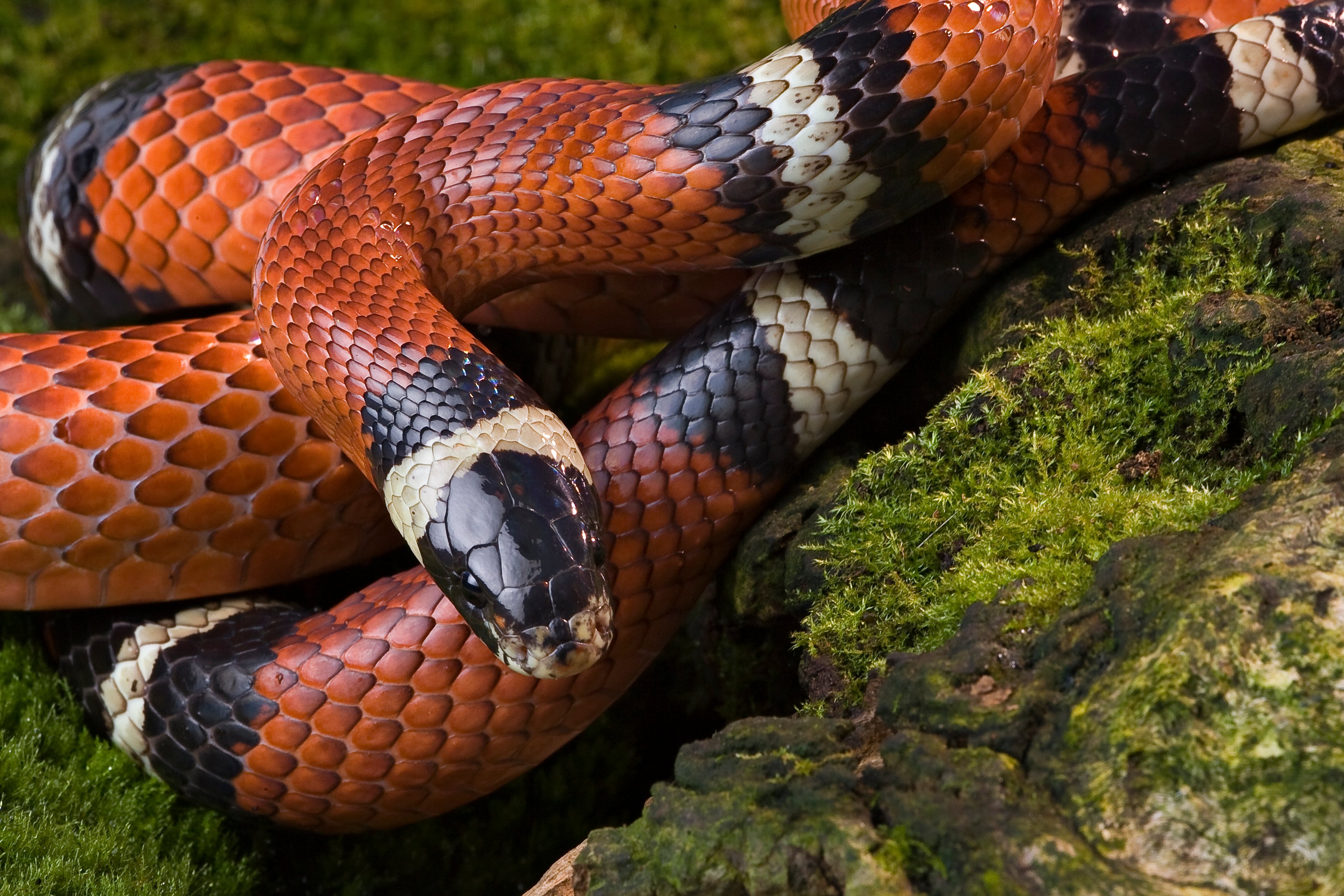
How to Care for Your Milksnake
Milksnakes (Lampropeltis sp.) are a group of small- to medium-sized, terrestrial snakes widespread throughout North America, Central America, and South America as far south as Ecuador. Milksnakes h...
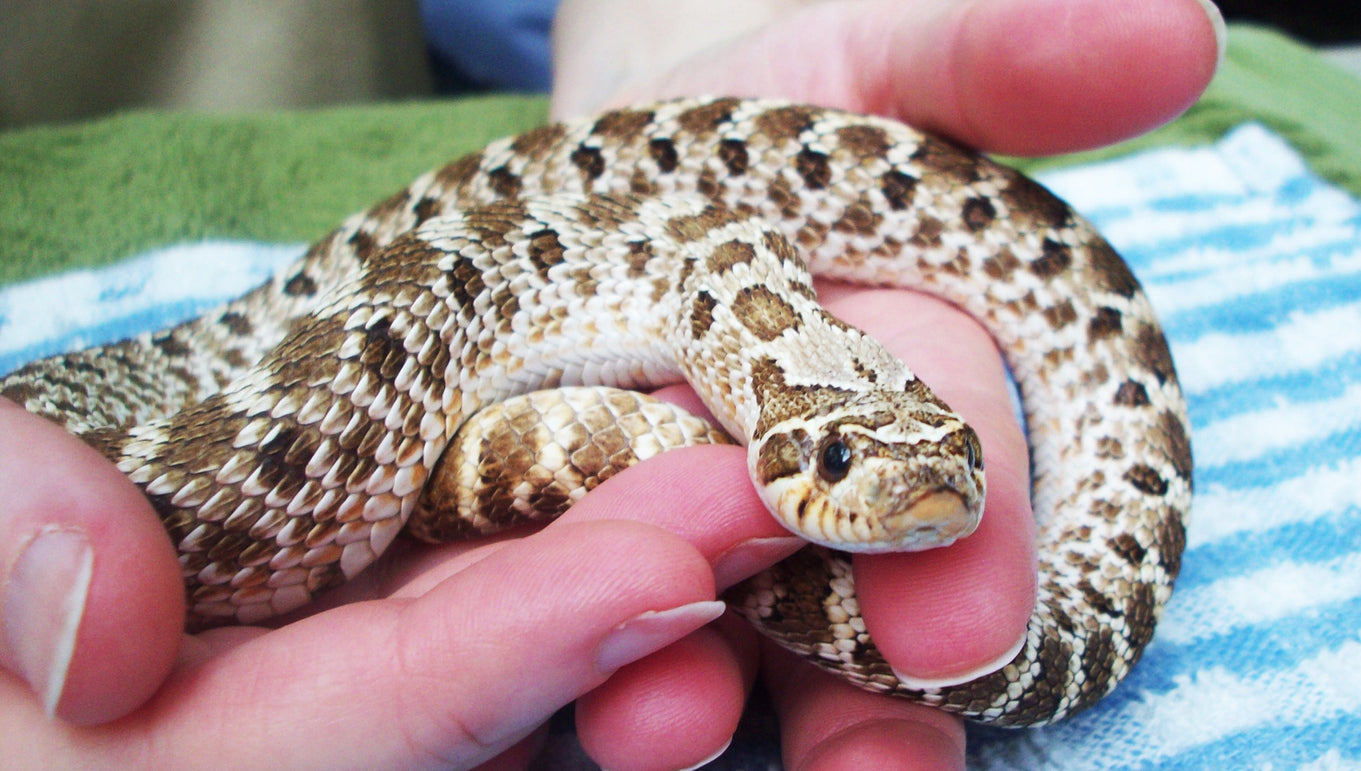
How to Care for Your Hognose Snake
Table of Contents Introduction Enclosure Lighting Heating Humidity Substrate Décor Food Handling Health Resources Introduction Western hognose snakes (Heterodon nasicus) are small, fossorial, d...
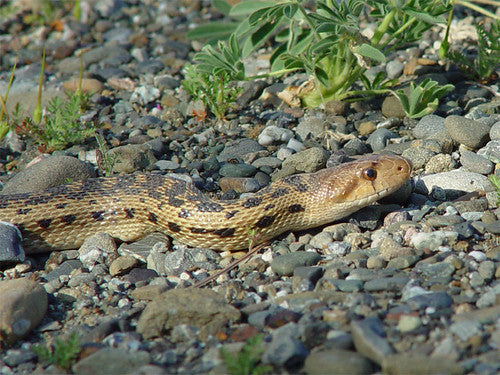
How to Care for Your Gopher Snake
Gopher snakes (Pituophis catenifer) are a group of medium to large, terrestrial, diurnal snakes native to the western half of the US, southwestern Canada, and northern Mexico. They can be found in ...
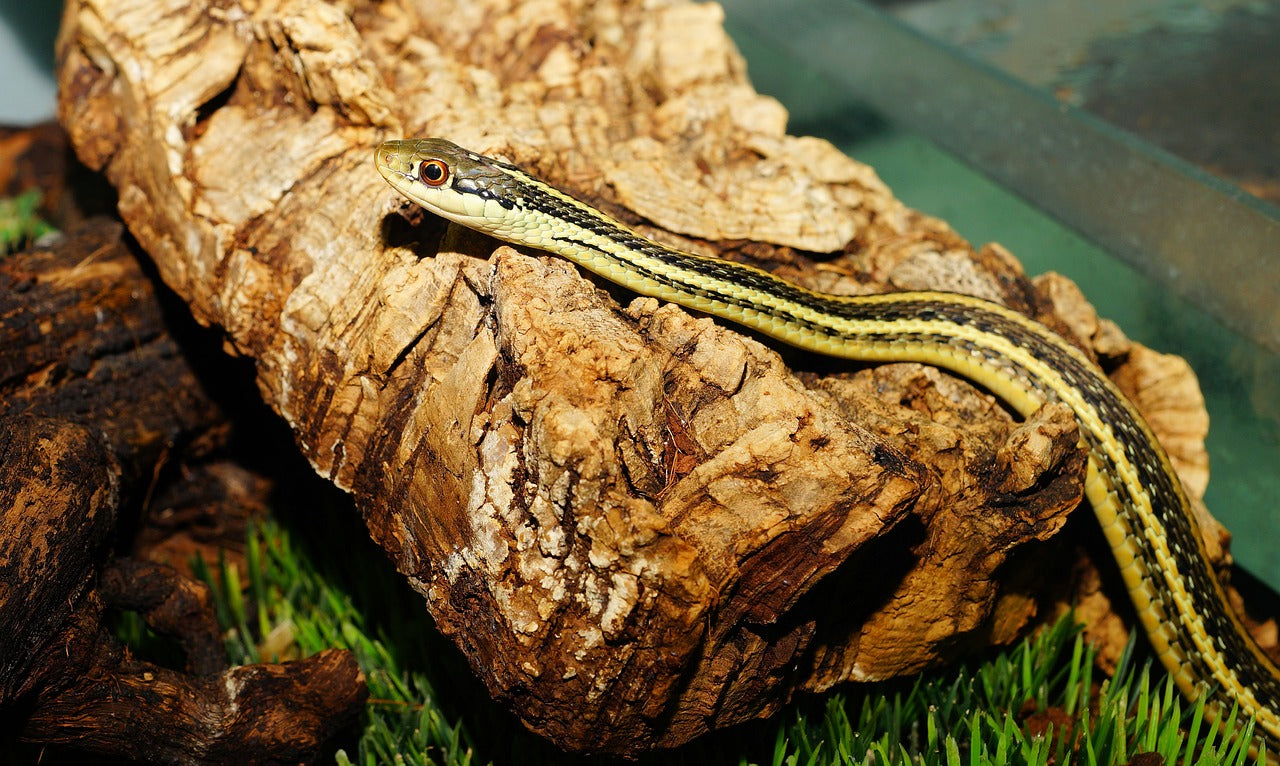
How to Care for Your Garter Snake
Garter snakes (Thamnophis sp.) are small- to medium-sized, terrestrial, diurnal snakes widespread throughout North America and Central America. They can be found in a variety of habitats. Depending...
